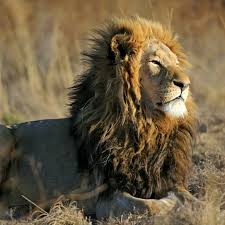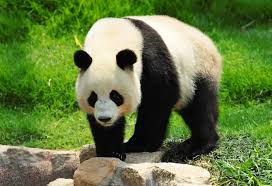Souvenir Sheet: WWF - Rare Animals - Giant Pandas (Central African Republic 2023)
WWF - Rare Animals - Giant Pandas (Central African Republic 2023)
01 January (Central African Republic ) within release WWF - Rare Animals (2023) goes into circulation Souvenir Sheet WWF - Rare Animals - Giant Pandas face value 20,000 Central African CFA franc
| Souvenir Sheet WWF - Rare Animals - Giant Pandas in catalogues | |
|---|---|
| Colnect codes: | Col: CF 2023-268 |
Souvenir Sheet is square format.
This item is produced for or by the counterfeit producer located in Moscow, Russia and distributed by criminal counterfeit stamp dealers located in Eastern Europe mainly in Kazakhstan and Estonia. It was created in 2024-5. The production of these counterfeits with foil stamps is massively being placed by the criminals in the name of several African countries. The counterfeit foil stamp used is placed on numerous versions of different series of backgrounds on different topics ranging from the Olympic games to Chess to famous people to Concorde and so forth. All topics consistently used by the counterfeiter in the past. The stamp itself is offered in varieties of gold foil, silver foil or bronze foil as shown in the second image of item CF 2023-01. Avoid anyone selling these!Also in the issue WWF - Rare Animals (2023):
- Souvenir Sheet - WWF - Rare Animals - Giant Pandas face value 20,000;
- Souvenir Sheet - WWF - Rare Animals - Leopards face value 20,000;
- Souvenir Sheet - WWF - Rare Animals - Orangutans face value 20,000;
- Souvenir Sheet - WWF - Rare Animals - Otters face value 20,000;
- Souvenir Sheet - WWF - Rare Animals - Penguins face value 20,000;
- Souvenir Sheet - WWF - Rare Animals - Walruses face value 20,000;
Souvenir Sheet WWF - Rare Animals - Giant Pandas it reflects the thematic directions:
Animals are multicellular, eukaryotic organisms of the kingdom Animalia (also called Metazoa). All animals are motile, meaning they can move spontaneously and independently, at some point in their lives. Their body plan eventually becomes fixed as they develop, although some undergo a process of metamorphosis later on in their lives. All animals are heterotrophs: they must ingest other organisms or their products for sustenance.
Лев (Panthera leo) — крупный представитель семейства кошачьих рода Panthera, обитающий в странах Африки к югу от Сахары и Индии. У него мускулистое тело с широкой грудью, короткая округлая голова, круглые уши и тёмный пучок волос на кончике хвоста. У него ярко выражен половой диморфизм: взрослые самцы крупнее самок и имеют густую гриву. Это социальный вид, образующий группы, называемые прайдами. Львиный прайд состоит из нескольких взрослых самцов, родственных самок и детёнышей. Группы львиц обычно охотятся вместе, охотясь в основном на средних и крупных копытных. Лев — высший и ключевой хищник.
Mammals are any vertebrates within the class Mammalia (/məˈmeɪli.ə/ from Latin mamma "breast"), a clade of endothermic amniotes distinguished from reptiles (including birds) by the possession of a neocortex (a region of the brain), hair, three middle ear bones and mammary glands. All female mammals nurse their young with milk, secreted from the mammary glands. Mammals include the largest animals on the planet, the great whales. The basic body type is a terrestrial quadruped, but some mammals are adapted for life at sea, in the air, in trees, underground or on two legs. The largest group of mammals, the placentals, have a placenta, which enables the feeding of the fetus during gestation. Mammals range in size from the 30–40 mm (1.2–1.6 in) bumblebee bat to the 30-meter (98 ft) blue whale. With the exception of the five species of monotreme (egg-laying mammals), all modern mammals give birth to live young. Most mammals, including the six most species-rich orders, belong to the placental group. The largest orders are the rodents, bats and Soricomorpha (shrews and allies). The next three biggest orders, depending on the biological classification scheme used, are the Primates (apes and monkeys), the Cetartiodactyla (whales and even-toed ungulates), and the Carnivora (cats, dogs, seals, and allies).
The giant panda (Ailuropoda melanoleuca), also known as the panda bear or simply panda, is a bear species endemic to China. It is characterised by its white coat with black patches around the eyes, ears, legs and shoulders. Its body is rotund; adult individuals weigh 100 to 115 kg (220 to 254 lb) and are typically 1.2 to 1.9 m (3 ft 11 in to 6 ft 3 in) long. It is sexually dimorphic, with males being typically 10 to 20% larger than females. A thumb is visible on its forepaw, which helps in holding bamboo in place for feeding. It has large molar teeth and expanded temporal fossa to meet its dietary requirements. It can digest starch and is mostly herbivorous with a diet consisting almost entirely of bamboo and bamboo shoots.




